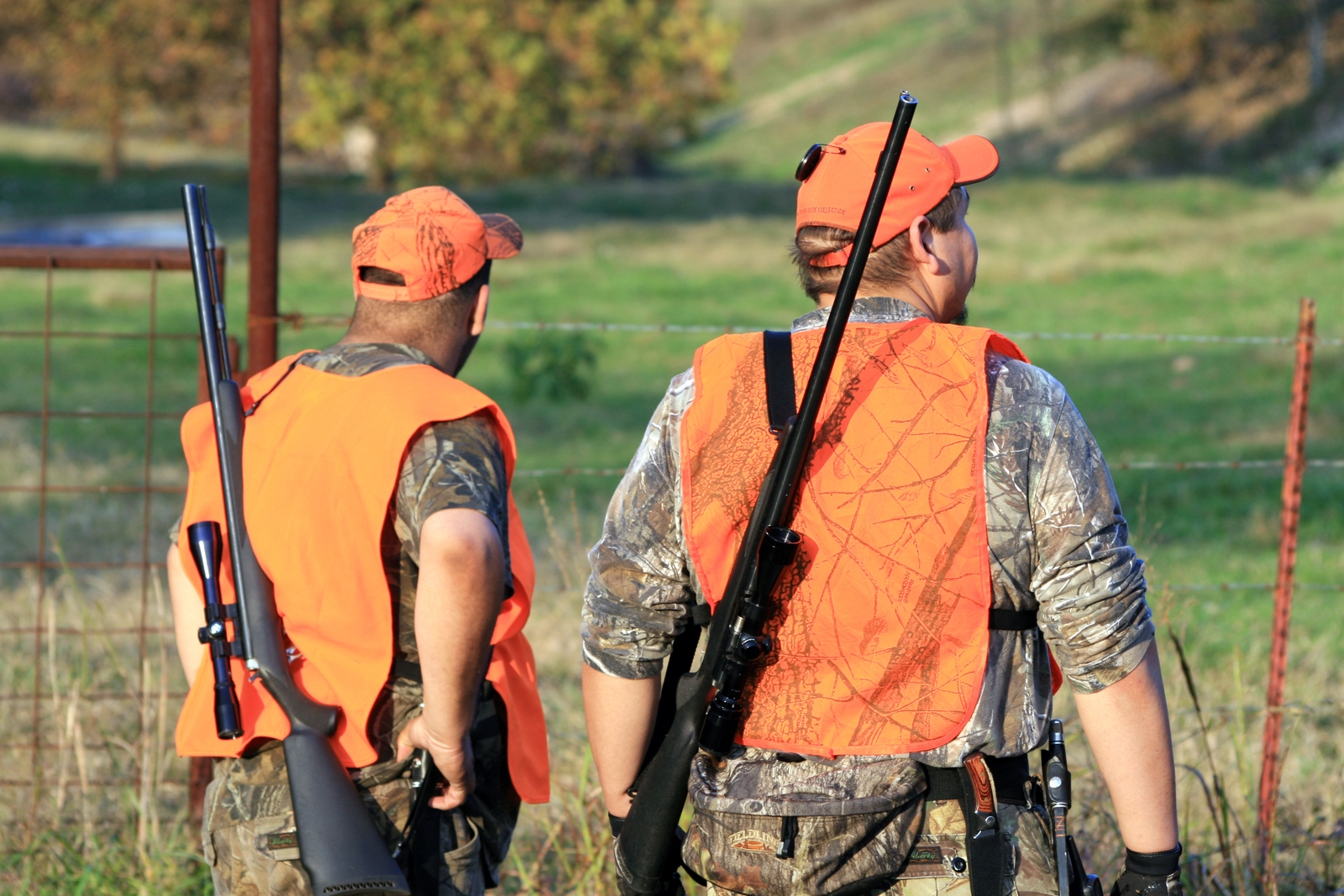Crisp autumn mornings. Guns and ammo on sale in the sporting goods stores. This can only mean one thing- hunting season is upon us. That time of year when every guy becomes an outdoorsman, tunes up their 4 X 4, buys new orange camo and stocks up on new (and very necessary), expensive gear. All for the opportunity to get up early, tromp through damp underbrush (uphill and down) and hopefully get a clear shot at a trophy buck. Then comes the not-fun part. Cleaning the animal, packing it out (always from the bottom of a canyon at least two miles from the road), then skinning, cutting up, wrapping and getting the meat in the freezer. Now comes the best part of all- telling the story. “There I was, 475 yards away, he was running away from me at an angle…uphill, through dense underbrush…” You get the idea.
Now don’t get me wrong, I love the outdoors as much as the next guy. I quit hunting deer and elk a few years back when I realized that, “when the animal drops, the fun stops!” These days I confine my hunting to varmints, sage rats (Central Oregon ground squirrels that tear up the alfalfa fields) and other non-game animals. That keeps my shooting skills sharp and gets me in the great out of doors with my son and grandsons.
Here comes the good part: Just because someone can afford a hunting rifle, a four-wheel drive pickup and all the gear doesn’t mean he (or she) has any business in the wild aiming a high-powered rifle at a deer. It is possible to get all the equipment, the license, the tag, and never have an ounce of training.
Venturing into the wild bears little resemblance to a quick trip to the mall for a latte. Yet some hunters exercise the same level of planning and thought as they would if they were simply making a quick run for groceries. We read their stories every year in the newspapers. Sometimes they simply spend a chilly night under a tree and suffer no more than hunger pangs. Other times the outcome is much more serious. And then there is the guy who is missing for three weeks then shows up with an amazing story to tell. It's usually that guy who put some thought into his outing and took steps to take along a few basics.
If you’re venturing out this year, consider the following: Don’t go alone. Let someone know where you’re going and when you plan to return. Take a few items you can use for your survival- fire starter, flashlight, a few packages of Mountain House (or similar product), a tarp, a blanket and if it’s not too much trouble, throw in your chainsaw. Don’t forget your first-aid kit, but then you should already have one in your vehicle. Even a few items can make the difference between death and living to tell your grandkids the story.
As always, send your comments, questions and hunting survival stories to disasterprep.dave@gmail.com.
Dave Robinson is the postmaster in Bandon, Oregon, and the author of “Disaster Prep for the Rest of Us,” available on Amazon.com, Barnes and Noble and other online booksellers.
























